TheChocolateLife::LIVE – Can Chocolate be Raw? Paleo? + a Fad(?) & AMA
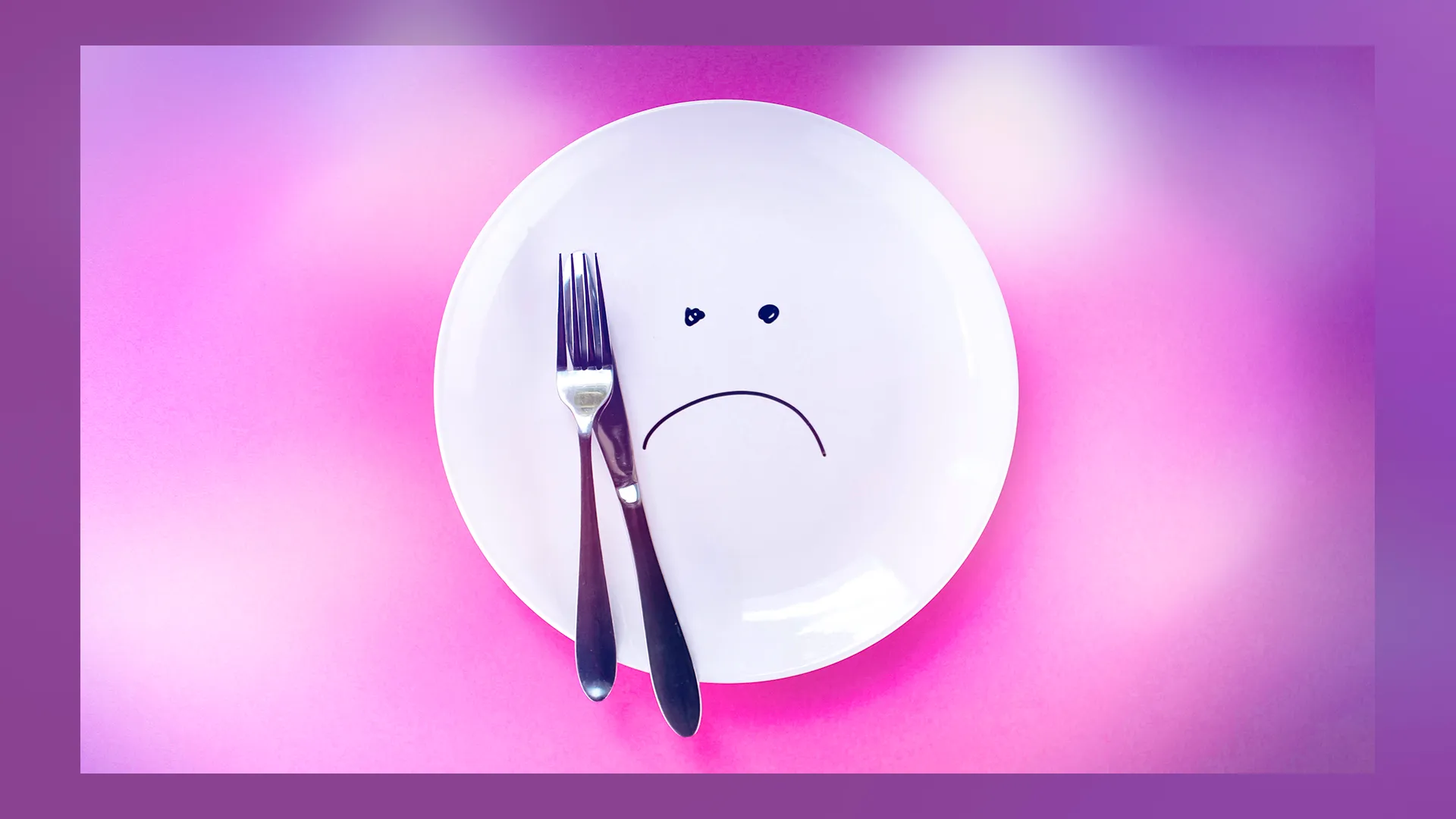
As with most things cocoa and chocolate, answers to questions about chocolate being raw or paleo are prefaced by, “It depends on what you mean by raw / paleo.”
This ChocolateLife::LIVE live stream will start off with a look at the origins of the raw and paleo diets, examine what they “mean,” tackle the questions of the validity and soundness of the diets head on, and present some key points proponents of these diets need to address to buttress their positions. (IMO.)
TL;DR
Maybe. Probably not. In the end, does it really matter?
“Raw” Chocolate
The origins of raw – Ed Howell’s Theory of Enzyme Nutrition – arose out of the American Health movement of the 1800s. That movement includes names (I aver from calling them luminaries) like Kellogg and Graham. What is the theory of enzyme nutrition?
What does it mean to be “raw”?
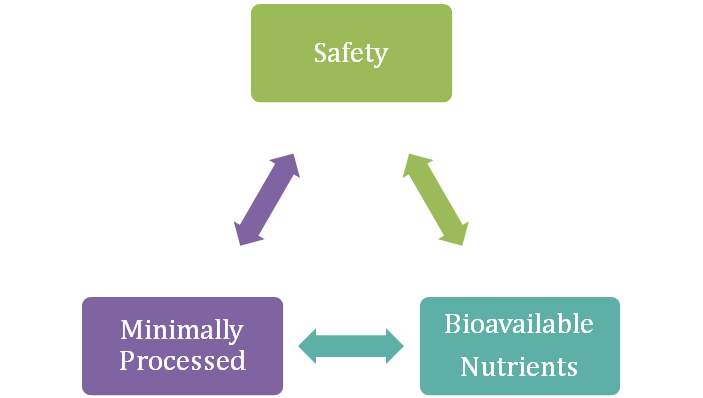
For products to be “Certified R.A.W.”:
- They must be Real, which means they must be 100% safe and they must be 100% non-GMO.
- They must be Alive, which means the ingredients must have a high amount of bio-available enzymes based on testing using the CS® Tested process.
- They must be Whole, meaning they must be organic and have high nutrient density as determined using the ANDI™ nutrient score.
6.2 Suggestions for Heat Treatment to Retain Bioavailability
The following guidelines are offered for maximum heating temperatures and times to help ensure that the majority of enzymes do not become denatured and remain viable.
6.2.1 heated to no more than 118ºF for an extended period of time
6.2.2 heated for more than 5 minutes to no more than 161ºF
6.2.3 heated to 165ºF for no more than 15 seconds
6.2.4 heated to 175ºF for no more than 10 seconds
6.2.5 heated to 180ºF for no more than 5 seconds
6.2.6 heated to 200ºF for no more than 2 seconds
Five points to pick in the raw argument
- A complete lack of understanding of the physics of heat transfer.
- All foods react to heat in the same way. (Not!)
- Enzymes are somehow special, more important, than other nutrients.
- Benefits are hypothesized, not proven.
- Heating is always destructive; subjecting a food to temperatures above 118F (48.7C) never results in the increase of bioavailability of ntrients.


“Paleo” Chocolate
The Paleo Diet first proposed in the 1970s by gastroenterologist Walter Voegtlin. Voegtlin hypothesized that our Paleolithic ancestors, who lived in a range of time from 2.5 million to 10,000 years ago, evolved to eat a narrow range of foods, and us humans in these modern times would be healthier if we followed their lead.
What does it mean to be “paleo”?
From the standards document, “In loose terms, the Paleo Diet is a diet based on the types of foods presumed to have been eaten by early humans before the advent of agriculture.
“These foods included meat and seafood, nuts and seeds, roots and tubers, and fruits and berries. The diet of our ancient Paleolithic ancestors presumably excluded dairy, grains, and highly refined foods.”
“Because the diet is theoretical in nature and up for wide interpretation, no single unified ‘Paleo Diet’ definition exists...” “... The Paleo Foundation included ingredients and foods that meet the basic tenets of the Paleo Diet, while allowing for some 21st century considerations. One of the greatest considerations is increasing the tolerability of the restrictive Paleo Diet, as tolerability is widely considered the most important factor for diet acceptance and adherence.”
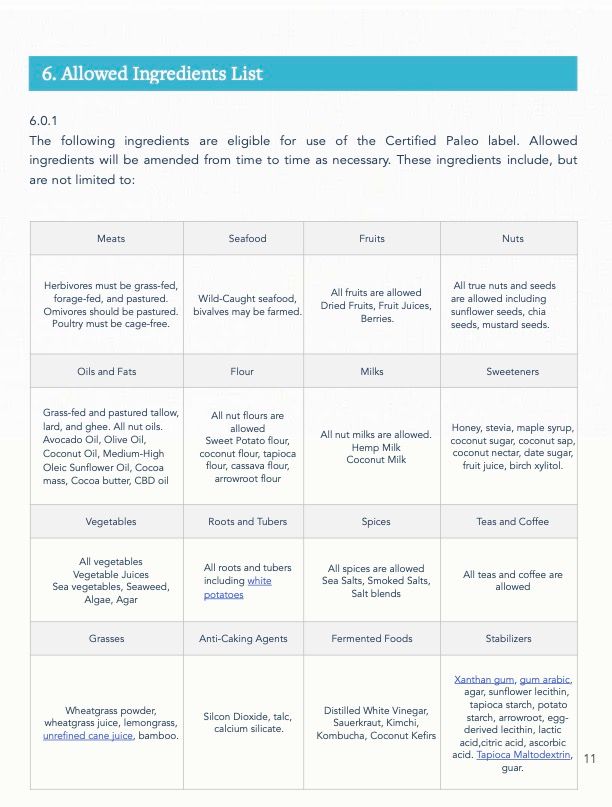

Following on from the xylitol example, it seems to me that any form of modern chocolate, including paste and cocoa butter, are refined foods and the technologies to process them presumably did not exist, or were not in use, during the Paleolithic period (2.5 million years BCE to 10,000 BCE). It is unclear that even though cacao might have been used by the early settlers of the Americas, it’s not clear they did any processing of the seeds before the Paleolithic era came to a close.
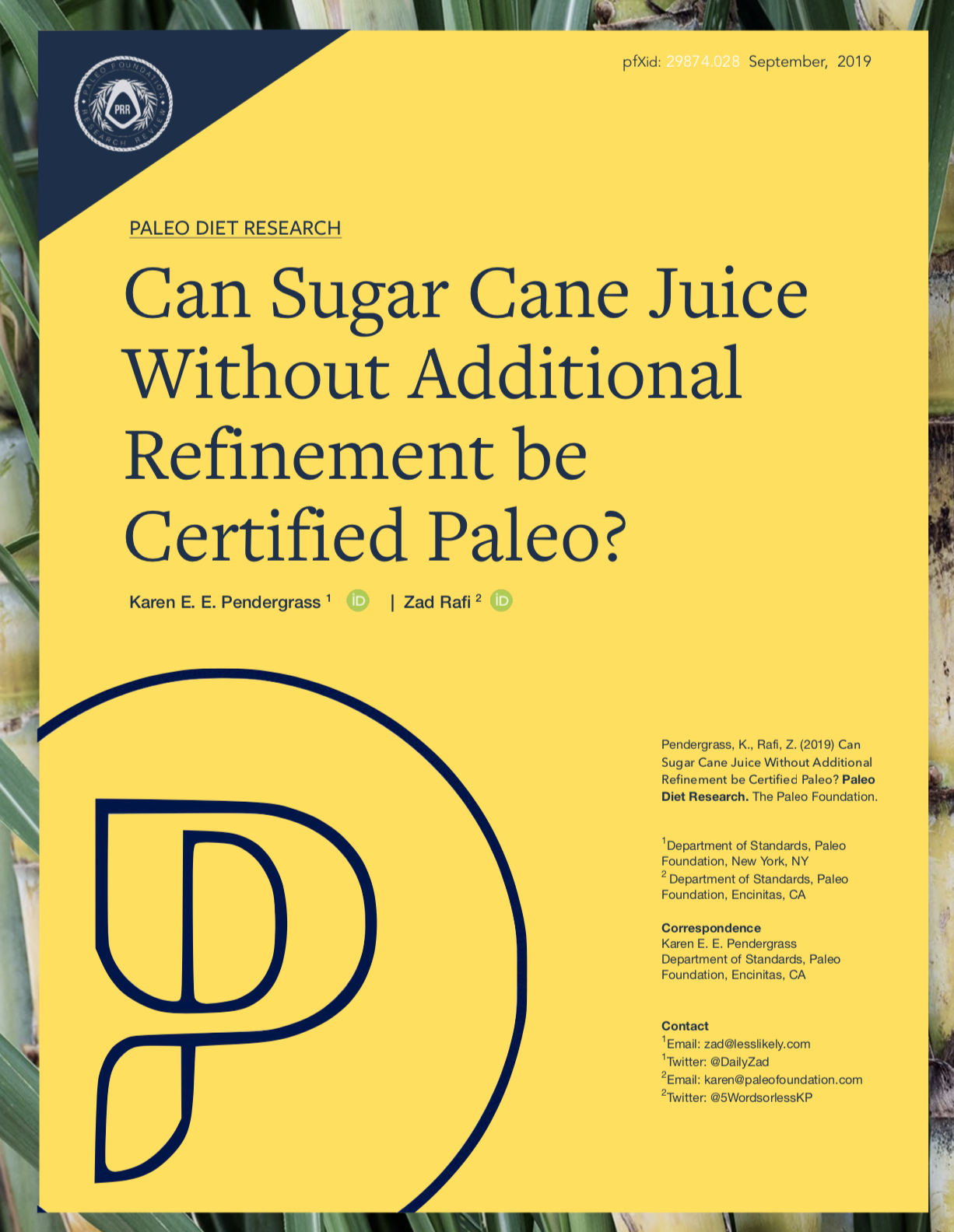
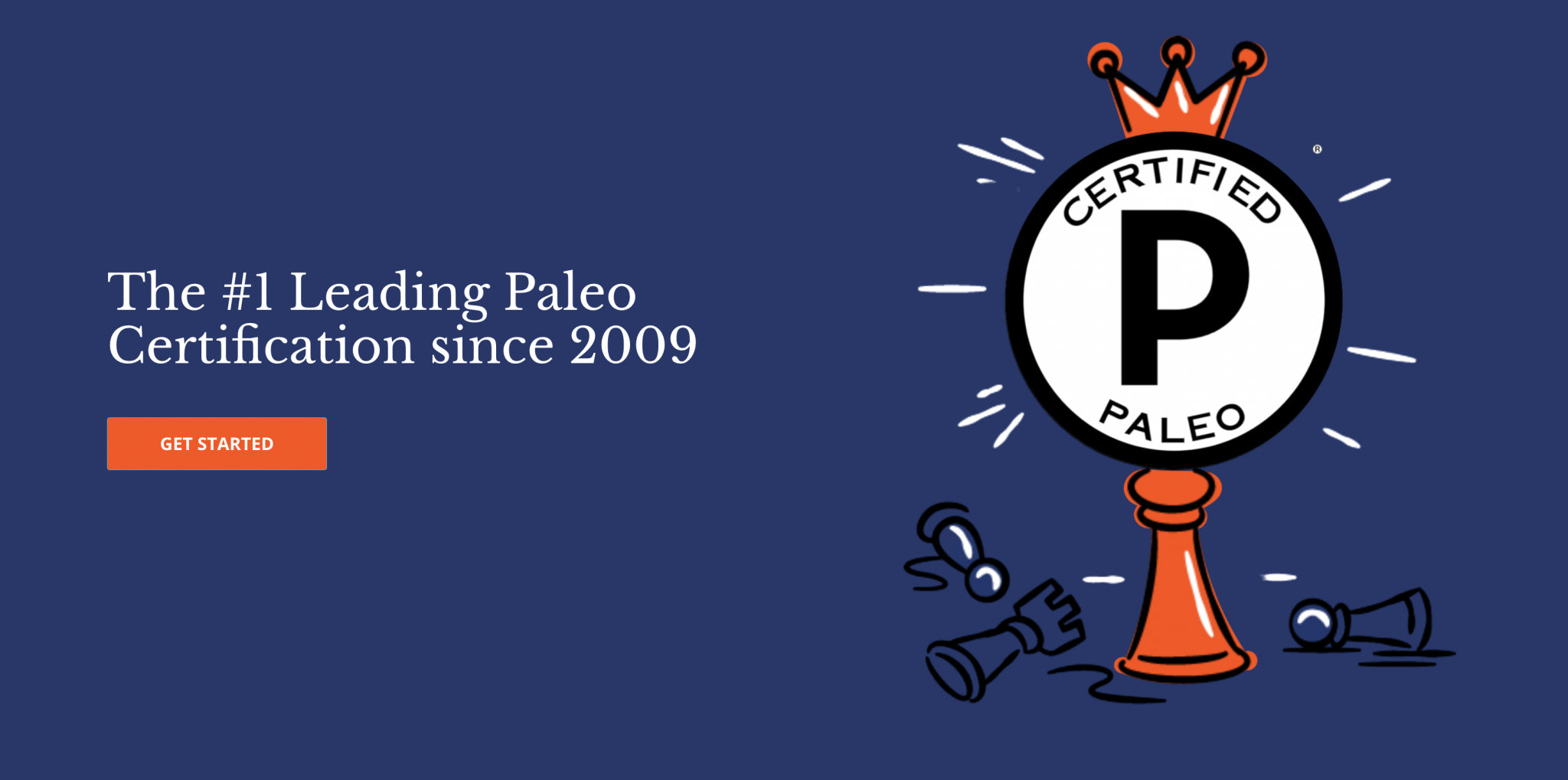
Six points to pick in the paleo argument
- There was no one diet humans evolved to thrive on. What the indigenous peoples above the arctic circle eat and what the peoples of the veldt and savannah grasslands on the African continent ate are not directly comparable.
- There was no one diet humans evolved to thrive on. There was a lot of evolution – plant, animal, climate – going on over the roughly 2.5 million years the Paleolithic era spanned.
- The modern construction of the Paleo Diet is theoretical.
- The focus on “tolerability”: Availability, Affordability, Palatability, and Convenience.
- Post-hoc rationalization of ingredients like unrefined cane juice.
- Specifically with respect to chocolate: misclassification as a fat/oil and overlooking the amount of refining technology required.
And Just When You Thought It Was Safe to Venture Out ...
Untempered Chocolate – Fad or Fashionable?

Other Resources


Livestream Links
if it walks, talks, and squawks like a duck, is it raw/paleo? It depends.
Participate on TheChocolateLife on Facebook
Participate on LinkedIn
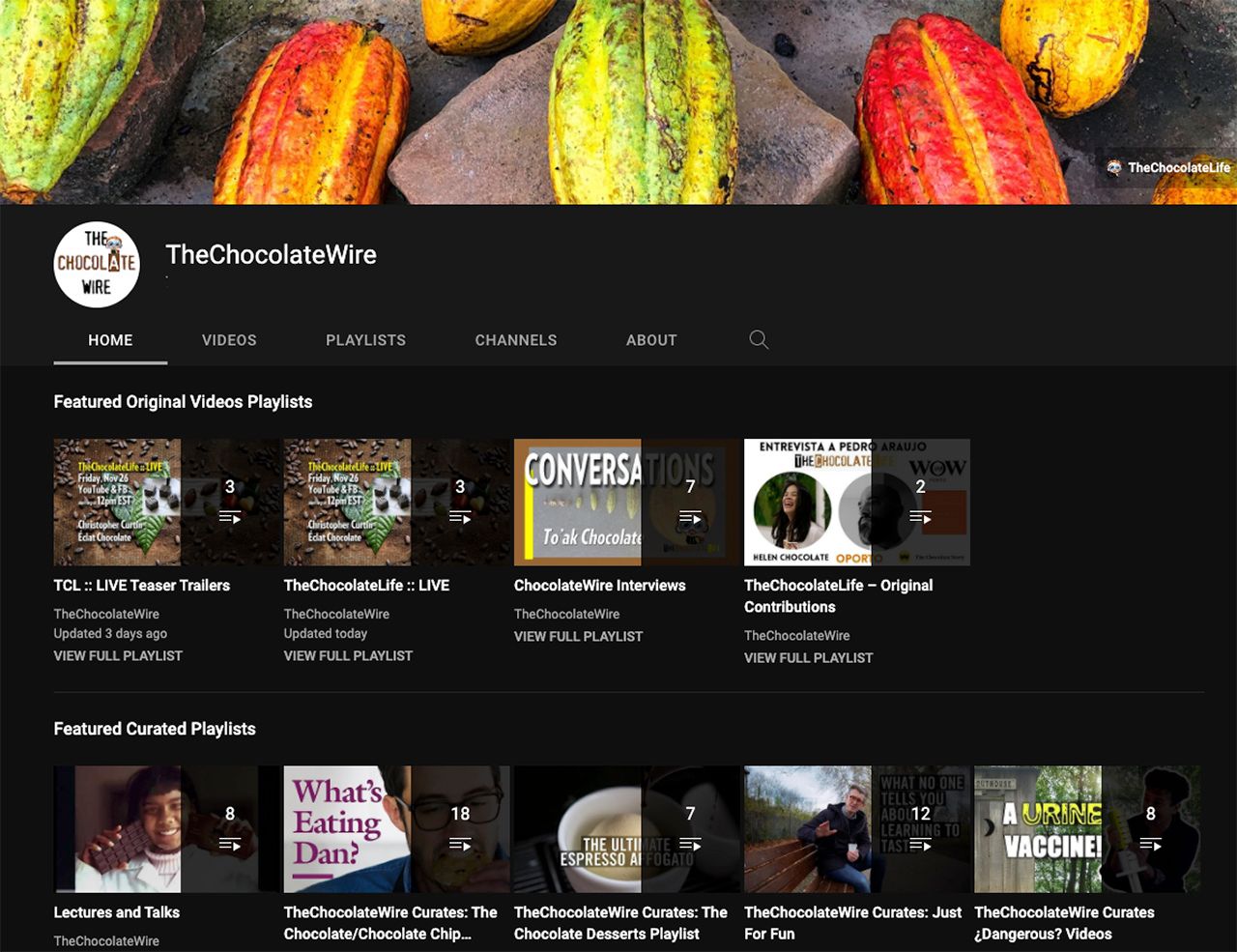
TheChocolateLife::LIVE on YouTube
Don’t forget to Like, Comment, Share, & SUBSCRIBE to grow the channel’s audience and get reminders of upcoming live streams and more. You can also rate the channel here for other members to see.
Leave them in the comments.




